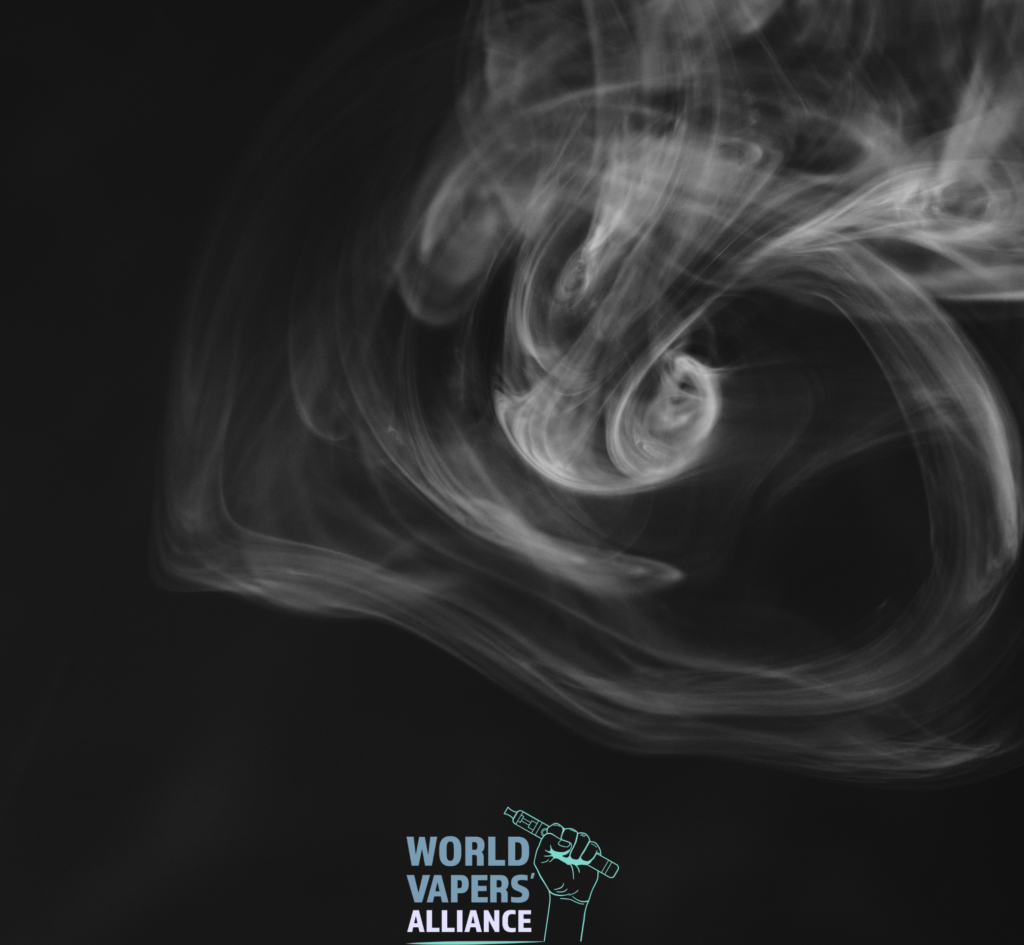FDAk asko ikasi zezakeen aurten Washingtonen egindako ECIG Gailurrean. FDAren ohiko moduan, erabaki txarrak hartzearen alde egiten ari dira, ekitaldiko aurkezle gehienek benetako zientzia eta datuekin frogatu baitzuten amerikar herriari huts egiten ari zaiola.
Aurtengo ECIG Gailurrean Washington DCn, maiatzaren 16an, parte hartzeko plazerra izan nuen.th.Brian King doktorea izan zen hizlari nagusia, eta eguna FDAko CTPtik jasotzen dugun informazio berarekin hasi zuen. Kingek mentol zigarroen eta zigarro aromatizatuen etorkizunaz hitz egin zuen, aurten amaierarako debekatu nahi baitituzte. PMTAko 26 milioi eskaeratik 23 onartzeagatik goraipatu zuen bere burua, eta etorkizun hurbilean nikotina muga bat egon daitekeela iradoki zuen.
Hasierako hitzaldi baterako etsigarria izan bazen ere, aurkezpen eta datu bikain asko aurkeztu ziren egunaren gainerakoan.
Kenneth Warner Michigango Unibertsitateko irakasleak Kingen aurkezpenaren ondoren honakoa esan zuen:”"Bapeatzea zigarroak erretzeko atea bada, zer ondorio ditu?"” Warnerrek JAMA ikerketa bat eta SRNT ikerketa bat estali zituen, non gazteek lurruntzea ez dela zigarroak erretzeko atea azaldu zuen.
Eguneko aurkezpen gustukoenetako bat Abigail Friedmanena izan zen, Yale Osasun Publikoko Eskolako doktorea. Friedmanek zapore debekuen eragina aztertu zuen Debeku hauek betearazten ari diren estatuetan izan duten eragina. Datu hauetan oinarritutako bere politika-iradokizunak hauek izan ziren: 1. Tabako produktu sukoi eta ENDS zaporedun guztien salmentak 21 urtetik gorako lizentziadun txikizkariei mugatzea. • Aukera politikoki errazagoa: 21 urtetik beherakoak onartzen dituzten tokietan tabakoaren salmenta-puntuko erakusleihoak eta tabakoaren botere-hormak debekatzea. Tabakoaren salmenta-lizentzia berriak 21 urtetik gorako tokietara mugatzea. edo Politika Aukerak 1. Tabako produktu sukoi eta ENDS zaporedun guztien salmentak 21 urtetik gorako lizentziadun txikizkariei mugatzea. • Aukera politikoki errazagoa: 21 urtetik beherakoak onartzen dituzten tokietan tabakoaren salmenta-puntuko erakusleihoak eta tabakoaren botere-hormak debekatzea. Tabakoaren salmenta-lizentzia berriak 21 urtetik gorako tokietara mugatzea. 2. Adingabeko kontsumitzaileen erabilera desproportzionatua duten markak zigortzea. • Adingabekoen erabilerak zigarroen erabilera-egun guztien 11% dira AEBn. • 6 zigarro markak adingabekoen erabilera horren 88% dira.
Gailurraren bigarren saioan kalteak murrizteko nire heroi gogokoenaren, Clive Batesen, hitzaldia entzun ahal izan genuen. Batesen aurkezpena “"Arrisku-pertzepzio faltsuak eta kaltea disuasio gisa erabiltzea"” ez zuen hutsik egin. Clivek zigarro elektronikoen eta nikotinaren arrisku-pertzepzioen okertasun handia azaldu zuen. EVALIren "operazio beltzak" ere aztertu zituen, eta nikotina nola birdefinitu behar dugun ere azaldu zuen. Garagardo artisau berri baten sorrerak eta merkatuan sartzeak ez duela APPH estandarrik eskaintzen adierazi zuen, eta onartu behar dugula lurruntzea alkoholak baino kalte gutxiagoko esperientzia atsegin bera dela.
Egunak gauza bera jarraitu zuen, aurkezle guztiek beren munizioa zutela zirudien, zientzia eta datu moduan, FDAri zuzenean zuzenduta.
Eguneko galderarik onena Tom Miller Iowako fiskal ohiak egin zuen, eta galdetu zuen nola FDAk gailurrean ikusitako arrakasta eta zientzia alde batera utzi eta ez dituen aldaketak egin bere arautze-prozesuan erretzaileei erretzeari uzten laguntzeko balio duen bat lortzeko. FDAk Kongresuak ezarritako zama onartu zuen, baina informazioa garrantzitsua zela ere onartu zuen.
Hurrengo egunean bertan, FDAk berriro frogatu zuen ez zuela ezer ikasi informazio garrantzitsu honetatik, argitaratuz... botatzeko produktu espezifikoen inportazio debekua.
Hurrengo egunean kaleratu zuten jaulkitako MDO gehiagoren adierazpena.
Uste dut FDAk ez duela zientzian eta datuetan oinarritzeko asmorik bere erabakiak; horren ordez, nahaspila handiagoa sortzen ari dira eta AEBak merkatu legez kanpoko arriskutsu batera eramaten ari dira, araudia betetzen eta modu justuan arautu nahi duten enpresei produktuak ukatuz.








2 erantzun